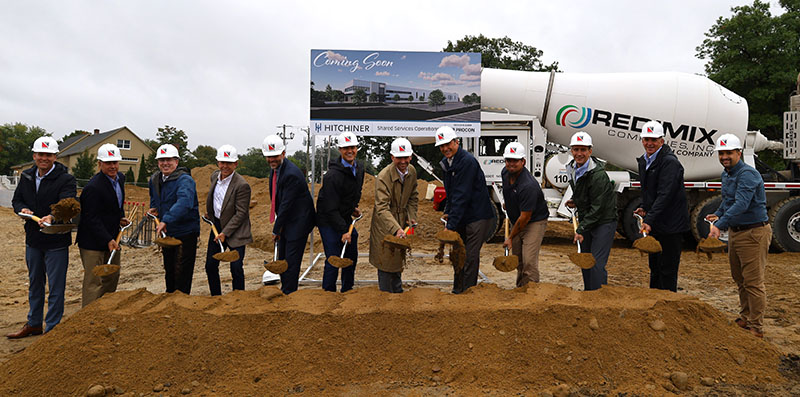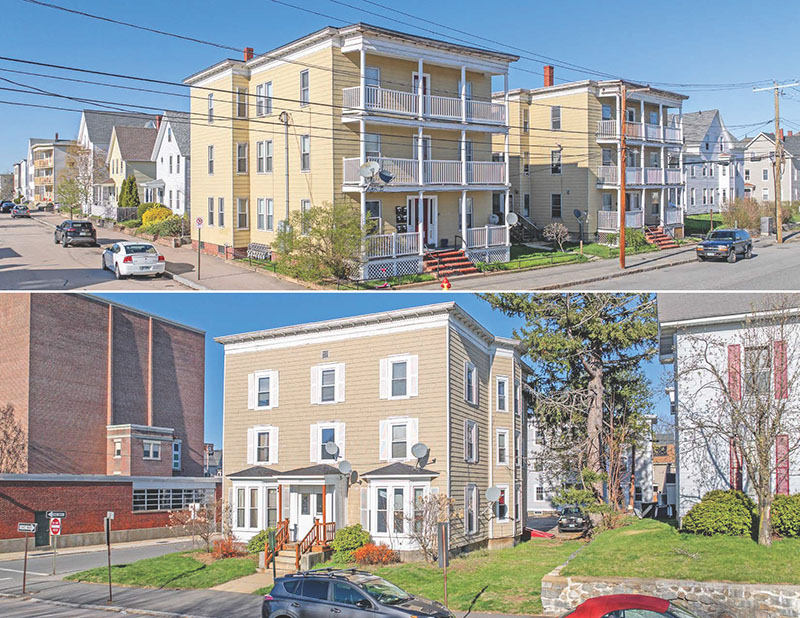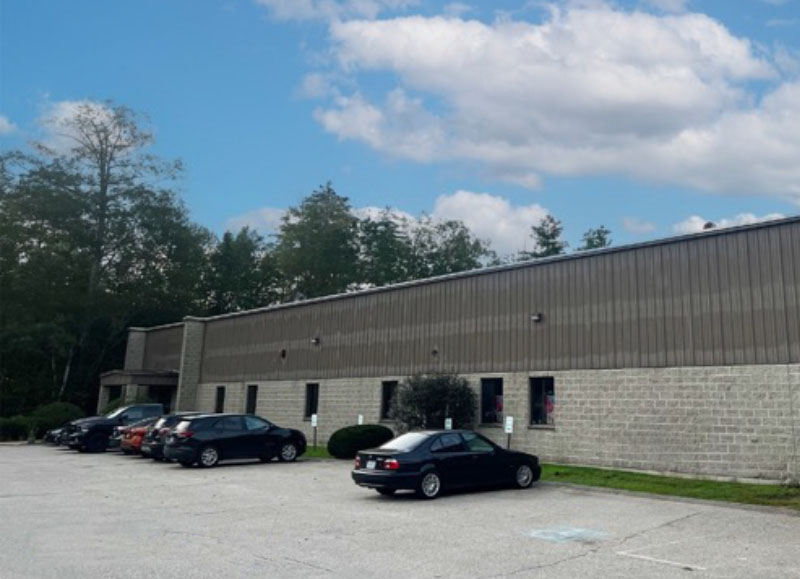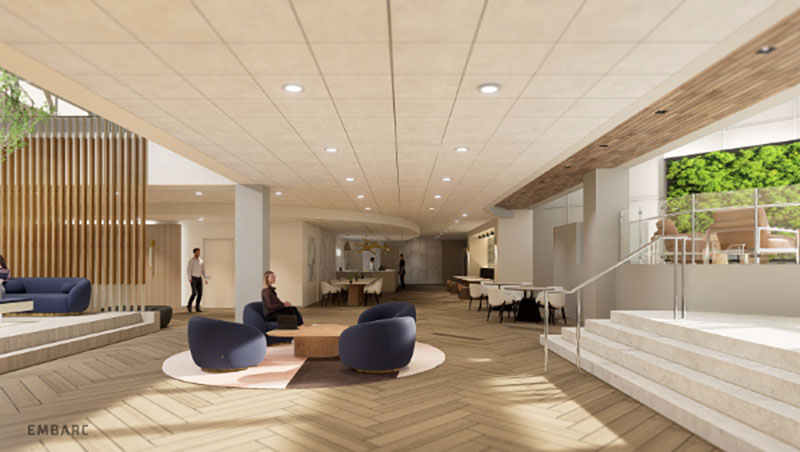News: Northern New England
Posted: September 7, 2007
Changes coming for residential market while commercial market remains steady
The recent imploding of the high-yield mortgage market appears to have started to take effect on residential development in northern New England. Its effect on the commercial market may take some time to play out. What will be apparent is that some of the lending paradigms will be changing.
I utilized the Real Data Teledex system to examine some random residential markets in New Hampshire and the number of sales that have taken place. The condominium market is shown to have the greatest amount of decreased sales activities. It would appear that the decrease in sales rate will continue as many condominiums sold with high loan to value mortgages and have interest rates that will be resetting soon with much higher payments required. The single family market did not increase in sales rates or appreciation at the same rate as condominiums and the pricing decline should be more muted.
The old rule of thumb for residential development land was always if a large residential tract builder was buying, you shouldn't sell. If they're selling, you shouldn't buy. In today's market in Northern New England there is lots of land for sale.
For commercial real estate, our firm has not been able to substantiate any type of price declines to date though any appreciation also appears to be muted. New construction was never at a high rate, especially when compared to the early 1990s boom, and employment remains at high levels. These factors serve to keep demand for most product types at stable levels.
We are starting to see some changes for properties and property types that were previously able to borrow from conduit sources instead of area banks. One lender said to me that he is seeing deals that were unavailable for him to even make a proposal on for the past two years. Such phrases as "non-recourse lending" and "95% loan to value" have been heard less often. With lower number of potential buyers for certain investment property types, there may be some decreasing in value levels.
Owner-users remain interested in buildings for their own use and are willing to pay a premium for a property that is "ready to go" for their own use. In addition, a well located property in a building that will not require much in renovations, if priced below replacement costs, will also generate interest.
For investors, the properties that are in demand remain those properties that have been leased and that are at stabilized occupancy. Investors remain much less interested in office and R&D properties that have substantial vacancies. Well-located retail space, regardless of its occupancy level, will see high demand from both potential owner-users and from investors.
When our firm is asked to appraise a larger office, R&D or industrial building, the greatest challenge is finding recent and relevant rent comparables. When appraising a 70,000 s/f building, the usefulness of the many 1,000-2,000 s/f new leases and renewals that are available are of little relevance. Yet, oftentimes it is required to travel a substantial distance from the subject property to find a decent comparable.
Of course, the main question from clients, as it has always been, remains: "What kind of cap rate are you seeing?" And as always, I reply: "It depends. The condominium conversion market for apartments no longer exists and the many small investors that were burned in their purchases because they were counting on continued appreciation are gone. Yet, there remains multiple potential buyers for deals that pass the smell test. Capitalization rates in the 8-9% range still occur on a regular basis.
For retail and well-located and occupied office and other commercial properties, capitalization rates in the 7-9% are still often achieved. The number of commercial properties with substantial vacancies that we have been asked to appraise in the past six months is very limited. The capitalization rates for these buildings appears to remain in the 10%+ range unless the purchase is by a partial owner-user.
While retail development remains high, the number of new office buildings built in New Hampshire remains limited. Salem is the only major market that I am aware of that has seen multiple new office building construction and the absorption of the new space here has been slow. Nashua, Manchester, Pease Tradeport and Concord all have seen little new office construction.
Construction costs remain at a high level and I have not seen any cost cutting yet for new construction by area builders saying that they need the work.
Investors in commercial real estate also have long memories. Multiple potential buyers have remarked to me that they still rue the day they were unable to pull the trigger on some real estate transaction that the FDIC, Bonham or Recoll had available in the early 1990s. Cash remains on the sideline and it is my opinion that the bottom of this market will be at a much shallower level than occurred a decade ago.
Jonathan Frank, MAI, F & M Appraisal Group, Inc., Milford, NH
Tags:
Northern New England
MORE FROM Northern New England
PROCON and Hitchiner break ground on 57,000 s/f shared services operations facility
Milford, NH Hitchiner, in partnership with PROCON’s integrated design and construction team, has officially broken ground on a new 57,000 s/f shared services operations facility at its Elm St. campus. This building will house value-added services used across Hitchiner’s various business units,

Quick Hits







